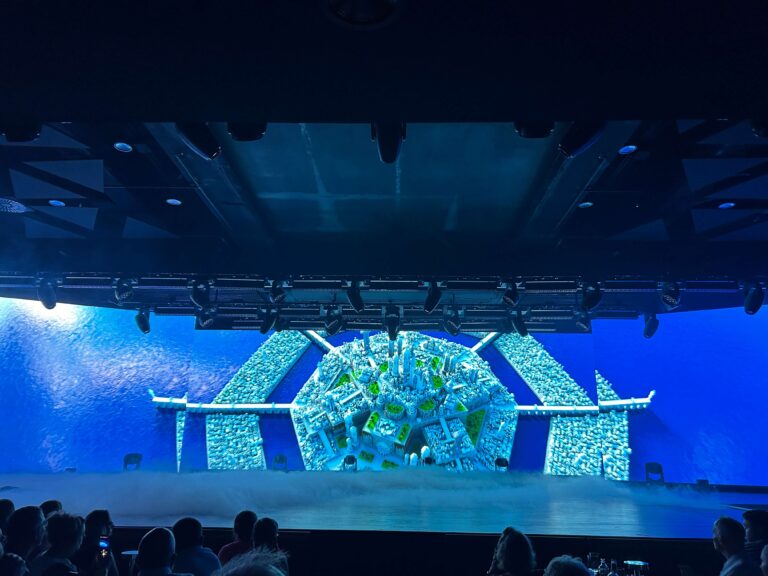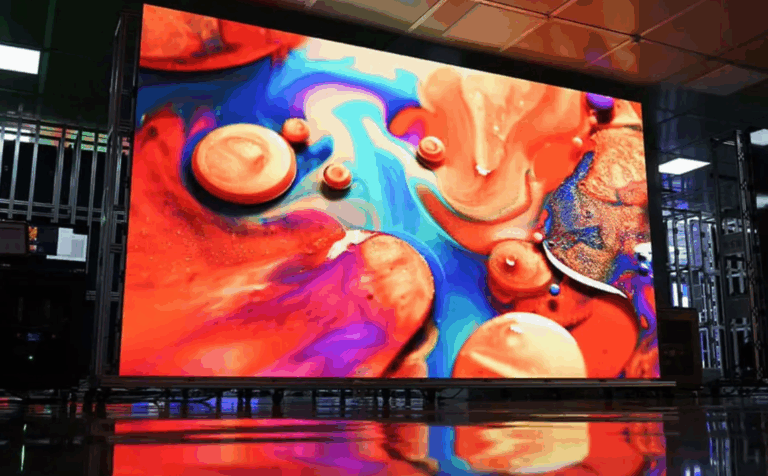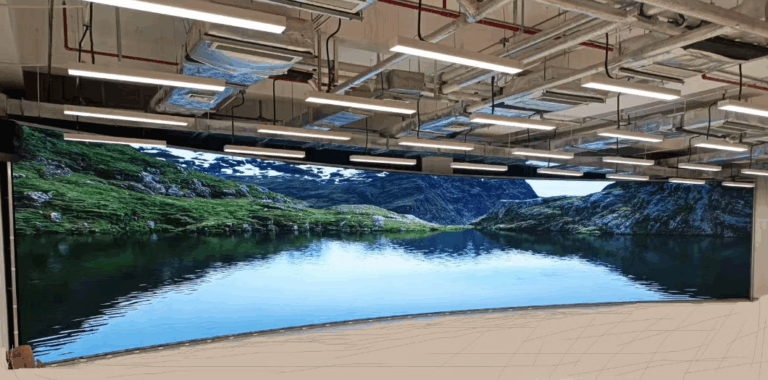As an astonishing technological innovation, LED transparent film cleverly combines technology and art, becoming a highlight of modern display technology. LED transparent film is widely used in architecture, advertising, exhibitions, and other fields, bringing a unique presentation style to these areas.

Table of Contents
ToggleWorking Principle of LED Transparent Film
The working principle of LED transparent film is based on the light-emitting properties of LEDs and the special characteristics of transparent materials. LED is a device that generates light by activating light-emitting diodes with electricity. When current flows through the LED, electrons in the semiconductor material inside the LED are excited, forming electron-hole pairs in a high-energy state. These electron-hole pairs recombine, releasing energy and producing light.
Transparent materials in the LED transparent film serve as carriers for LEDs. These transparent materials have high light transmittance, allowing light to pass through from behind the screen, creating a transparent effect. Meanwhile, LED chips are embedded in the transparent material, emitting light when activated by current, achieving a dual effect of illumination and transparency. Do you know how to choose an LED transparent screen?

Manufacturing Process of LED Transparent Film
The production of LED transparent film is a highly complex process involving considerations of material selection, engineering design, and various production processes. Here are the main manufacturing
processes of LED transparent film:
Material Preparation:
Transparent Substrate Selection: Choose polymer or glass with high transparency and excellent optical performance as the substrate for the film.
LED Components: Use efficient, small-sized LED components to ensure high brightness and stable illumination.
Design and Layout:
LED Array Design: Design the arrangement of LEDs on the substrate using tools like CAD to ensure uniform distribution and improve display uniformity.
Electronic Control System Design: Determine an appropriate electronic control system to achieve precise control of LED brightness, color, and other parameters.

Production Process:
Precision Cutting: Use laser or other high-precision equipment to cut the transparent substrate into the required dimensions.
LED Embedding: Use micro-seam technology to embed LED components into the transparent substrate, ensuring transparency and display effectiveness.
Encapsulation Protection: Encapsulate LEDs to protect them from external environmental influences and enhance durability.
Circuit Connection:
Wire Connection: Arrange wires on the transparent film to connect LEDs with the electronic control system, ensuring the normal operation of LEDs.
Final Assembly:
Assembly and Debugging: Assemble all parts together and undergo strict debugging to ensure the normal operation and display effectiveness of the LED transparent film.
Through these manufacturing steps, LED transparent film realizes its unique working principle, becoming a stunning display technology. The successful application of this technology not only enriches the field of technological innovation but also brings broader application prospects to various industries.

About Dylan Lian
Marketing Strategic Director at Sostron





